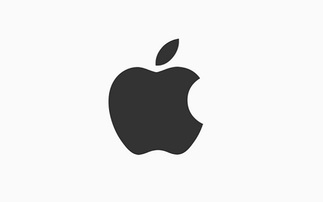Cheap, cheerful and straightforward, Google's favoured smartphone is an interesting choice for the mobile worker
While it's been available since November 2012, the LG Google Nexus 4 is still the sort of phone that, if you pull it out of your pocket at a tech conference, most assembled peers will never have se...
To continue reading this article...
Join Computing
- Unlimited access to real-time news, analysis and opinion from the technology industry
- Receive important and breaking news in our daily newsletter
- Be the first to hear about our events and awards programmes
- Join live member only interviews with IT leaders at the ‘IT Lounge’; your chance to ask your burning tech questions and have them answered
- Access to the Computing Delta hub providing market intelligence and research
- Receive our members-only newsletter with exclusive opinion pieces from senior IT Leaders






















